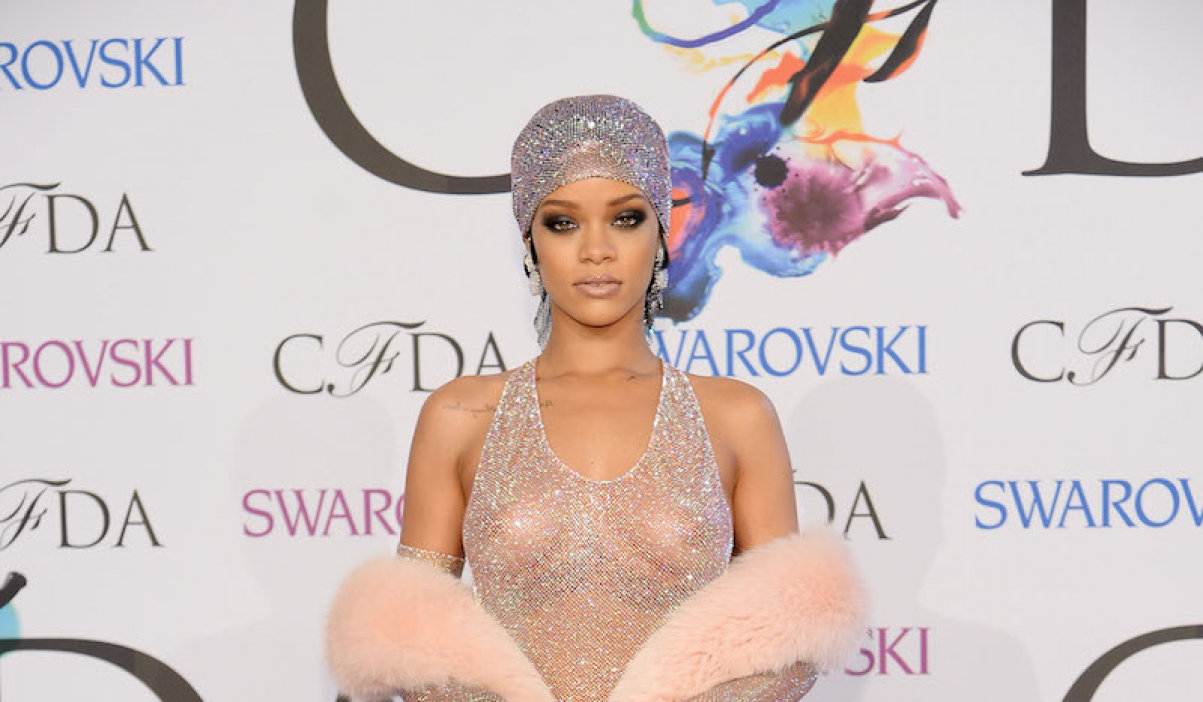Iona Tompkins explains why we need to stop treating women’s bodies as commercial trends.
When the New York Post published their controversial article ‘Boobs are back in a big way’, it can only be assumed they were hoping for some idle clickbait, rather than the wave of (completely justifiable) backlash they received instead.
Whilst there was some targeted backlash against this article, there is a danger in seeing cases such as these as isolated incidents, thereby limiting the discussion to the narrow confines of each immediate controversy. However, when seen within a historical context these incidents display a curious trend. Put simply, the desired, idealised, fetishised and objectified female body has consistently been the very antithesis of what is achievable for most women during any given period. Whilst this phenomenon was arguably more explicit in the past, it remains a persistent problem to this day, with its tenacity partly explained by the refusal to acknowledge the damage articles such as the aforementioned New York Post feature can inflict, no matter how ill-conceived and poorly written they may be.
If one takes a cursory glance through art history, there seems to be little to no consistency between what was considered the epitome of beauty for any given period. Buzzfeed’s viral 2015 video aimed to encapsulate within eleven women the drastic shifts which have occurred, highlighting the disparity at first glance between the heroin chic of the 1990s and the curves of the Italian Renaissance. The only consistency in the desired standards is that they are always the body type women in each period are least likely to have.
In the Victorian era, when many poorer women struggled to afford enough to eat, a curvaceous but corseted figure was favoured. Due to its expensive whalebone construction and the restrictive movements it allowed the wearer, the epitome of beauty was only a feasible option for those who were rich enough to afford both a plentiful supply of food and a complete aversion to any form of work. Fast forward to the 1980s and 90s, where the advent of fast food, synthetic additives and increasingly office-based jobs for many has meant the beginning of what would soon become a burgeoning obesity crisis in much of the western world. Cue the supermodel era and the desire for lean athletic figures, which for many can only be achieved through a costly gym membership and the time, energy and knowledge needed to cook healthily. This presents yet another barrier to this idealised beauty, as it remains far out of reach for all but the richest percentiles of society.
With the increasing prevalence of plastic and cosmetic surgery today, there is the potential for the body politics to create and reinforce socio-political divides even further. Surely by 2018 we should be able to finally break this cycle of commercializing an unattainable female form, and instead focus on expanding our horizons on what we considered to be beautiful. Boobs never left, and nor did the women who have them. Stereotypes of beauty should no longer be an elitist obsession. There has undoubtedly been some positive shifts in terms of increasing diversity and acceptance, but too much of this has remained at an ephemeral level and has not addressed the complex and deep-rooted relationship between wealth, exclusivity and each generation’s current standards of beauty.
By Iona Tompkins
Image: Flavorwire

